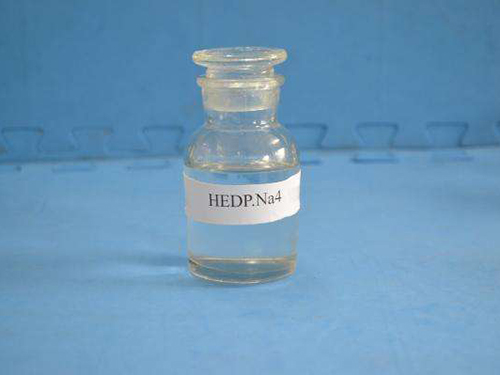Coagulants and Flocculants in Water Treatment Processes and Their Applications
Coagulants and Flocculants Essential Agents in Water Treatment
In the realm of water treatment, ensuring the purity and clarity of water is a critical concern, particularly in industrial processes, municipal supply, and environmental protection. To achieve this, the use of coagulants and flocculants has become standard practice. These agents play a pivotal role in the removal of suspended particles and impurities, enhancing the quality of water for various applications. This article delves into the nature, mechanisms, and significance of coagulants and flocculants in modern water treatment solutions.
Understanding Coagulants
Coagulants are chemical agents that facilitate the aggregation of suspended particles, enabling them to form larger clusters or flocs. The most commonly used coagulants include aluminum sulfate (alum), ferric chloride, and polyaluminum chloride. These agents work by neutralizing the surface charge of particles in water, which often carry a negative charge. Once the charge is neutralized, the particles can come together and form larger aggregates, which are easier to remove from the liquid medium.
The effectiveness of coagulants depends on various factors, including pH levels, temperature, and the nature of the impurities present. For example, the optimal pH for aluminum sulfate is typically around 6 to 8, while ferric chloride performs well in slightly acidic to neutral conditions. Careful adjustment of these parameters is crucial for maximizing the coagulation process.
The Role of Flocculants
Once coagulants have facilitated the formation of flocs, flocculants come into play to aid in further aggregation and stabilization of these larger particles. Flocculants, which are usually polymeric in nature, enhance the settling rate of the floc constituents and prevent the re-dispersement of particles. Common types of flocculants include polyacrylamides and natural biopolymers like chitosan.
The mechanism by which flocculants operate often involves bridging between particles, effectively “gluing” the floc together
. This process not only increases the size of the aggregates, making them easier to filter or sediment but also improves the overall efficiency of the clarifying process in treatment systems.coagulants and flocculants

Application of Coagulants and Flocculants
The use of coagulants and flocculants spans various industries, including municipal water treatment plants, wastewater treatment facilities, and even food processing sectors. In municipal water treatment, these agents are crucial for the removal of turbidity, pathogens, and organic materials, ensuring that the water delivered to consumers meets safety and quality standards.
In wastewater treatment, both agents play a significant role in treating effluents before they are released into the environment. Here, coagulants help dismantle emulsions and aggregate colloidal particles, while flocculants enhance the sedimentation of solids, thereby reducing the organic load that could potentially harm aquatic ecosystems.
The food industry also benefits from the use of coagulants and flocculants, particularly in the clarification of syrups, juices, and oils. The effectiveness of these agents helps improve product clarity without compromising taste or safety.
Environmental Considerations
While coagulants and flocculants are integral to effective water treatment, their use raises environmental concerns. The disposal of chemical sludge generated during the coagulation and flocculation processes must be managed carefully to avoid contamination. Moreover, certain coagulants, if used excessively, can contribute to the presence of heavy metals in treated water. Hence, ongoing research is focused on developing more sustainable alternatives, such as natural-based coagulants derived from plants, which may offer effective solutions with less environmental impact.
Conclusion
Coagulants and flocculants are indispensable tools in the field of water treatment, playing a vital role in purifying and clarifying water across various sectors. Understanding their functions, applications, and environmental implications is crucial for optimizing water treatment processes. As the demand for clean and safe water continues to rise, advancements in coagulant and flocculant technologies will remain essential in addressing the challenges of water purification in a sustainable manner. Through continuous innovation and responsible use, we can ensure the effectiveness of these agents while safeguarding environmental health and water quality for future generations.
-
Water Treatment with Flocculant Water TreatmentNewsJun.12,2025
-
Polymaleic AnhydrideNewsJun.12,2025
-
Polyaspartic AcidNewsJun.12,2025
-
Enhance Industrial Processes with IsothiazolinonesNewsJun.12,2025
-
Enhance Industrial Processes with PBTCA SolutionsNewsJun.12,2025
-
Dodecyldimethylbenzylammonium Chloride SolutionsNewsJun.12,2025





